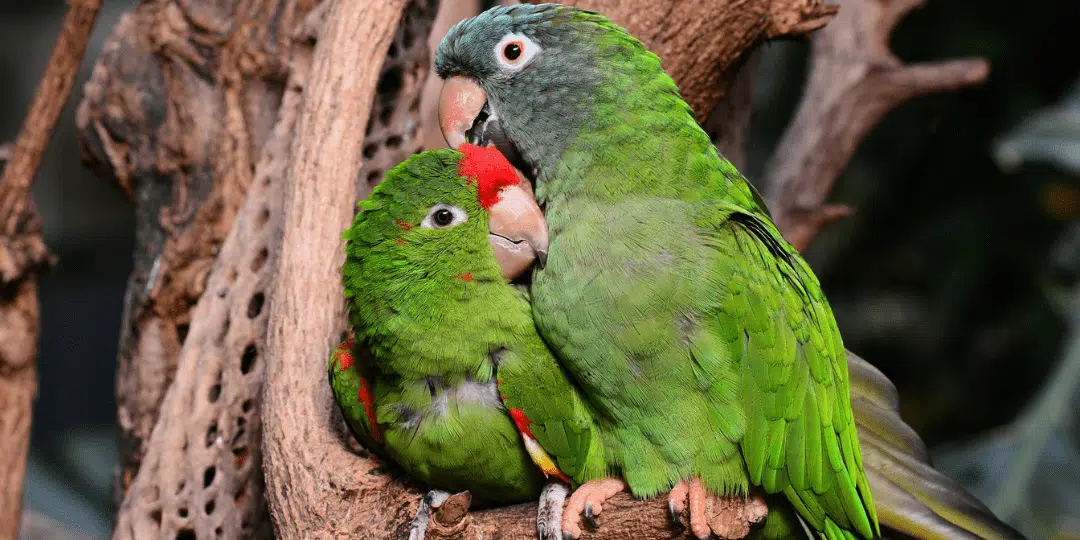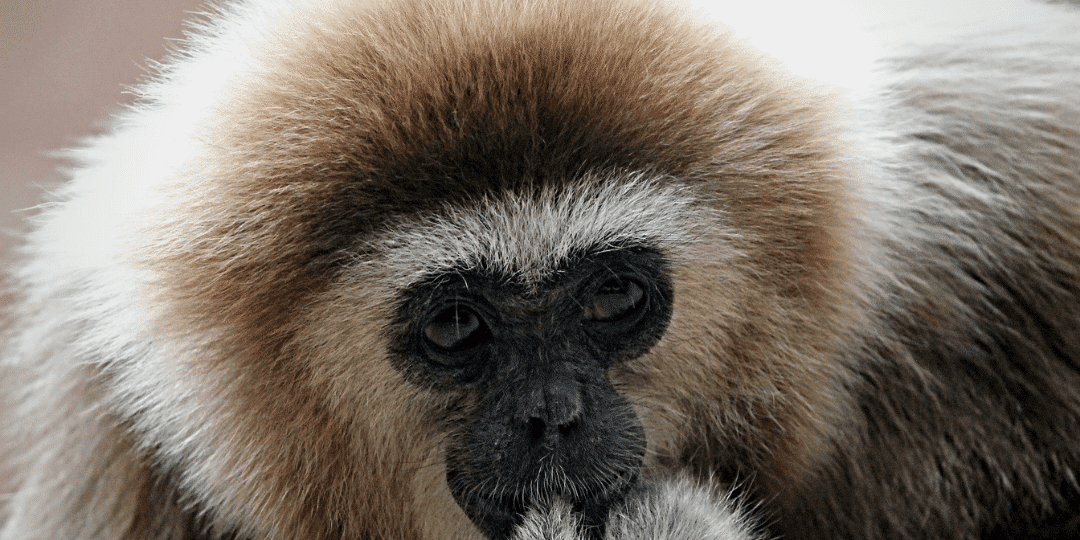Fancy a little alternative inspiration for Valentine’s day this year?
Whenever we question the relevancy of a day set aside to honor romantic love… or when we are in need of an original idea about romance we always find that looking to nature solves most problems.
The Old man of the Sea
A wolf eel grows up to 8 ft (2.4 m) long. As they sway to stay afloat they can seem quite menacing but they are gentle creatures who fall in eternal love at around four years old. Setting up their home in a single rock crevice they will start a family three years after they begin to live together. Both mother and father take care of the hundreds of yellow eggs and their partnership lasts the length of their life – up to 28 years.
The Mantis Shrimp
Once a female Mantis Shrimp has been properly impressed by the colorful male Mantis Shrimp they will mate for life. Even though their union is based on looks and the father has limited involvement in raising the young the pairs will remain together throughout their lives. Living in blissful peace is probably a good call as they certainly can pack a punch!
The Pufferfish
It took humans over a decade to discover what was causing complex patterns in the sand of the seabed off the coast of Japan. As it turns out these elaborate, 7 ft (21 m) across and laborious constructions requiring constant upkeep are built by the tiny 5 inches (13 cm) big male pufferfish solely for the purposes of attracting a female (and to amaze Sir David!)
Seahorses
This charming species is exceedingly sweet in their courtship. They hold tails, swim with their snouts pushed together and even change their colors to show how serious they are about their romance. And they take things slowly… taking days before committing to a courtship dance that can last eight hours. And when the male is finally pregnant the female will continue to flirt with him and keep his eyes on their family.

The Albatross
Proving travel does not preclude settling down the albatross circles earth, flying thousands of miles but always return to the island where they were born to breed. They practice with others in their youth and they do this by dancing, first with lots of partners and then increasingly with a more select group until they finally decide which partner is the one for them. Once they settle on a mate the pairing lasts a lifetime… returning to each other over and over again even though they will spend months apart every year. They even develop their own language of love. The Albatross family has only one chick at a time and both adults dedicate themselves to raising their young.

Bald eagles
The bald eagle has chosen its forever partner by the age of five. They understand the value of giving each other space though as they go solo in the winter and when they migrate but meet up again every breeding season…

Barn owls
Being socially monogamous is not rare with birds. Being completely faithful might be a different matter entirely. When a male barn owl woos a girl with screeching and dead mice he is deadly serious, however. If the girl replies with a series of croaks the deal is sealed for life.

Brolgas
If you are in favor of keeping things fresh when you need to look no further than the Brolgas crane. Every year they perform all of their own intricate mating dances with their same partner once again. And we aren’t just talking a bit of dad dancing – This is the most elaborate mating dance in all of the animal kingdom.
What happens? The dances generally start with a bird picking up a clump of grass and tossing it in the air and catching it in its mouth. Then movement evolves into jumping, extending wings, stretching bowing, walking calling and head bobbing.
The Great Hornbill
In the forests of Southeast Asia, a headbutting competition between males take place before female hornbills choose a mate based on bravado. The love affair begins with the singing of duets and continues as they find a nest in a hollow high in a tree. The female great hornbill will then begin to put up a poop wall built with her own feces, sealing herself inside to lay and incubate their eggs. The husband will continue to deliver takeaway through a small gap in the wall until, five weeks after the eggs hatch the female will finally emerge. The baby birds will then put the poop wall back up themselves until they are ready to leave home.

Lovebirds
Many birds are monogamous but the lovebird cuddling habit is in a league of its own. Their affair is so impressive that the ancient Greeks believed they would die without each other. They find a partner when they are only two months old. The male is informed by a female fluffing of feathers that he has been chosen and he will immediately celebrate with a courtship dance including much bobbing and head scratching.

Swans
They get an honorable mention as the men stick around to build the nest and share egg incubation duties.

Garden Snails
It might seem a little counterintuitive but garden snails could have inspired the Greek tales of Cupid as they circle each other and fire mucus-covered darts at each other. One-third of the darts may miss the target but once some of the reproductive organ simulating darts have reached their goal then the partners will trade sperm cells for as long as six hours.
Prairie Voles
Rodents are not known for romance. But it is always possible to find a disrupter: Enter the vole. Male voles move in with their first girlfriend and then never leave. Love is a drug!
Males take their homemaking very seriously indeed. They are aggressive towards females attempting to enter their territory (no homewrecker will be tolerated) and they don’t only stick together to guarantee the survival of the species but will also cuddle and groom each other and they love huddling together for warmth.
The Bonobo
In the Bonobo world the idea of ‘make love not war’ is taken very seriously. Bonobo’s use a very impressive array of sexual acts to defuse any possible tension within their bands. They also participate in open mouth kissing and copulate facing each other.
Stories of love will not be complete without a little drama. Enter the Gibbon.
They try to be monogamous and form very strong bonds with each other during their 35 – 40 years on earth. The love nothing better than chatting with each other while they hang out, care for their children and groom each other together. It would be idyllic if it wasn’t for their cheating, breaking up and marrying new partners. It is very much like your favorite soap opera!

Wolves
A wolf pack is built by a mated pair who have babies together year after year. Living as part of a strong family unit is their destiny and a lone wolf is a sad sight as it means someone is either mourning a partner who has crossed over that rainbow bridge or still searching for love.

Leave it to the Beavers
To teach us about balance. These little rodents spend as much time maintaining social monogamy as they do at work building dams and lodges.

Shingleback skinks
This Australian reptile spends months courting a female in a series of caressing and licking moves before settling down to loving, monogamous bliss for the rest of their long lives.
And with that, we hope you will never again question how to show love… feel free to dance like a crane, sing like an albatross and shooting love darts like a garden snail.
We certainly won’t judge you!
Images via Pixabay, Pixabay, Pixabay, Pixabay, Pixabay, Pixabay, Pixabay Pixabay
and/or

